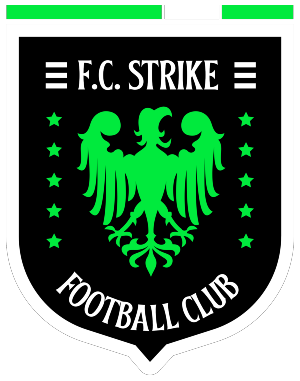The midfield area of the pitch is often considered the heart of a soccer game, and for a good reason. The midfielders are the connective tissue between defense and attack, often shaping the team’s game flow and strategy. In a 3-2-2 formation, the role of midfielders becomes even more pivotal due to their central role and fewer numbers. So, let’s explore what it takes to thrive as a midfielder in this formation.
1. **Distribution and Ball Control:** In the 3-2-2 formation, midfielders serve as the team’s primary playmakers. Their role involves distributing the ball effectively to both the forwards and the attacking full-backs. Good control, passing accuracy, and vision are therefore essential skills to possess.
2. **Box-to-Box Role:** Given there are only two midfielders, they are expected to cover a lot of ground. This often involves both attacking and defensive responsibilities, thus taking on a box-to-box role. Fitness, endurance, and adaptability are crucial for effectively managing these responsibilities.
3. **Positioning and Spatial Awareness:** Midfielders should always be mindful of their positioning on the pitch, both in attack and defense. They need to exploit spaces during offensive phases and close down spaces when the team is defending. Good spatial awareness helps them to be in the right place at the right time.
4. **Defensive Duties:** In a 3-2-2 formation, midfielders also share significant defensive responsibilities. They need to support the three defenders by cutting off passing channels, tackling, intercepting passes, and helping to start counter-attacks. Defensive positioning and anticipation are key skills here.
5. **Creating Scoring Opportunities:** Midfielders are often the architects of goal-scoring opportunities. This could involve delivering through balls, crossing into the box, or even scoring goals themselves. A midfielder with a keen eye for goal can add an extra edge to the team’s attacking threat.
6. **Communication:** Communication is vital in this role, as midfielders must coordinate with both the forwards and the defenders. Effective communication helps to ensure that the team maintains its shape and functions as a cohesive unit.
7. **Game Intelligence:** More than physical attributes, being a successful midfielder in a 3-2-2 formation requires game intelligence. This involves understanding the game’s flow, making quick decisions, and anticipating opponents’ moves. Studying the game and learning from each match is an integral part of developing this intelligence.
In the 3-2-2 formation, the midfielders are the linchpins who hold the team together. Their role is versatile and demanding, requiring a range of skills and a high soccer IQ. So, our midfield maestros, embrace your central role, hone your skills, and let’s control the heart of the game!

